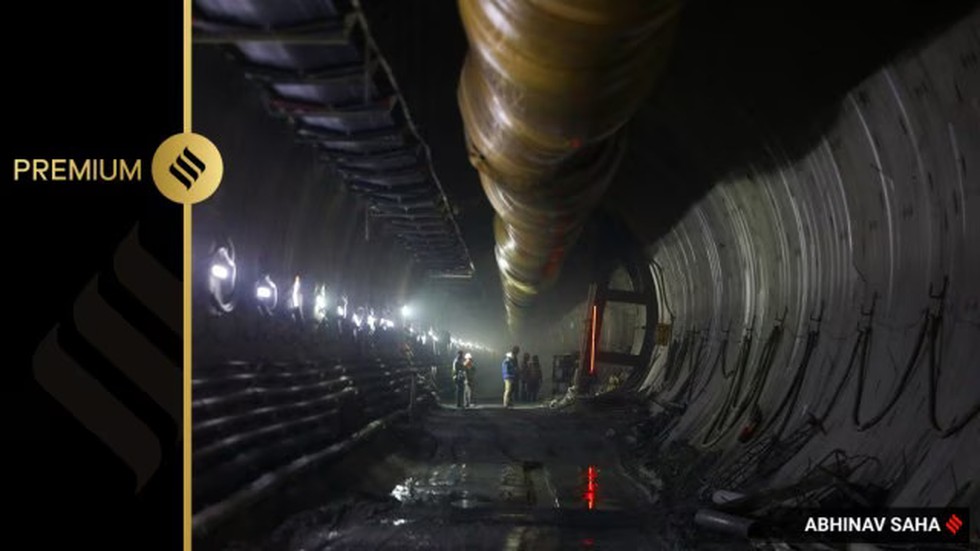About Rishikesh-Karnaprayag Tunnel T-8
- T-8 is a twin tunnel situated on the Devprayag–Janasu stretch of the 125-km Rishikesh–Karnaprayag Broad Gauge Rail Link Project, in the state of Uttarakhand.
- The project is being implemented by Rail Vikas Nigam Limited (RVNL), a Navratna PSU under the Ministry of Railways, and executed by Larsen & Toubro (L&T).
- Over 83% of the 125-km alignment—about 104 km—comprises tunnels, making it one of the most underground-intensive rail projects in India.
- The rail line will connect Rishikesh to Karnaprayag, cutting travel time from 7 hours to just 2 hours, enhancing connectivity across five districts: Dehradun, Tehri Garhwal, Pauri Garhwal, Rudraprayag and Chamoli.
Engineering and Technological Highlights
- Tunnel Boring Machines (TBMs) were used for the first time in Himalayan rail projects to excavate 4 km of T-8. These 2200-tonne machines were imported from Germany, transported via 17 shipments and assembled on site.
- The diameter of the TBM used for T-8 was 1 metres, larger than the 6-metre TBMs used in the Delhi Metro.
- The New Austrian Tunnelling Method (NATM) was used to excavate the remaining 4.11 km of the tunnel, especially in non-uniform geological zones.
- Three advanced technologies were deployed for safety and precision:
- Tunnel Seismic Prediction (TSP) to detect geological faults.
- Torque Box for multidirectional boring capability.
- Void Measurement to detect and fill gaps behind tunnel linings.
